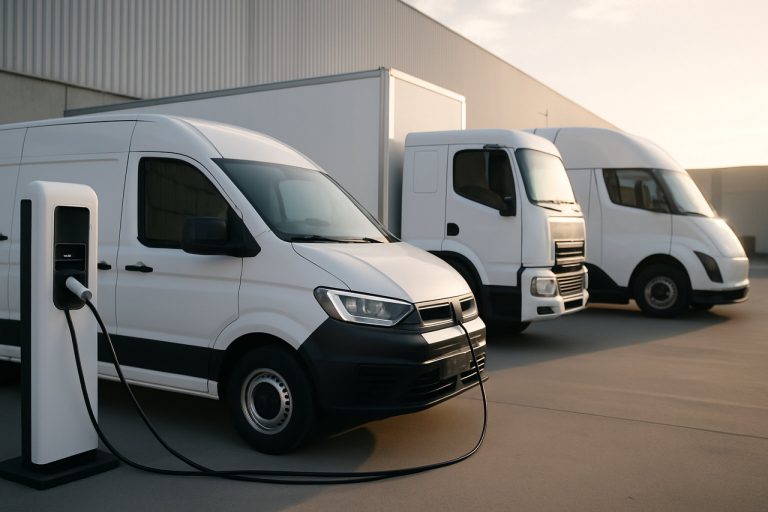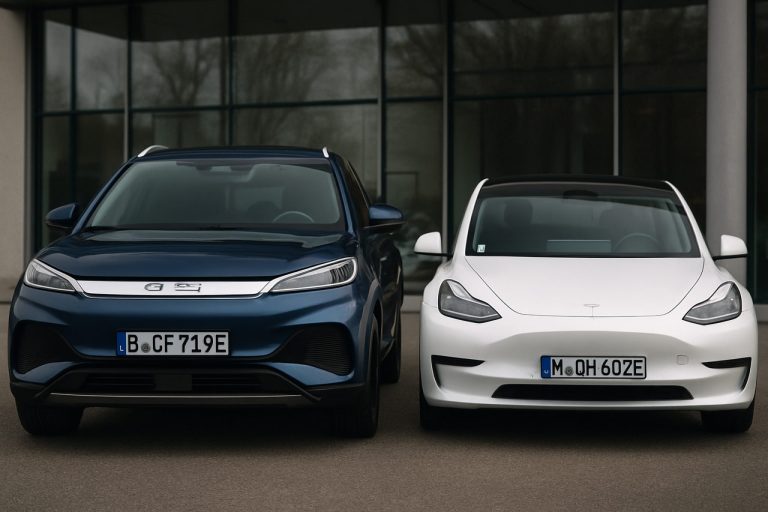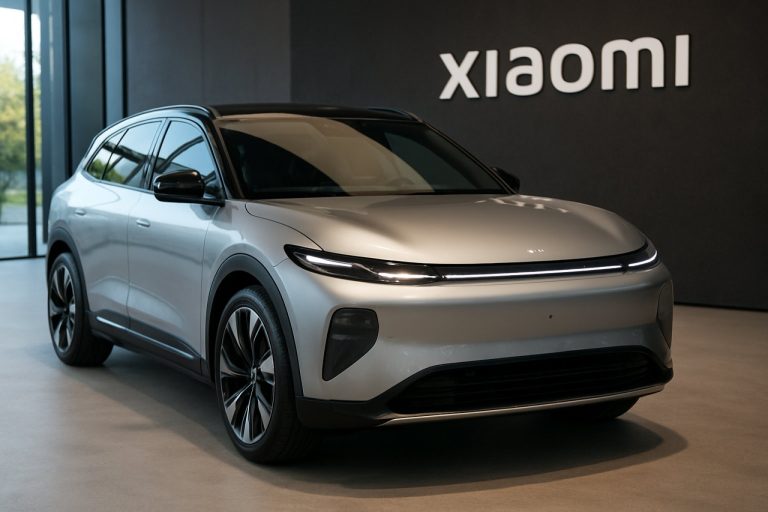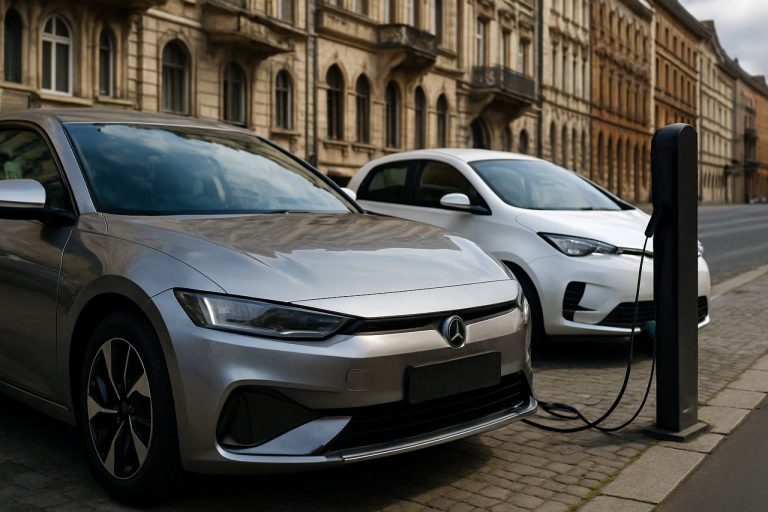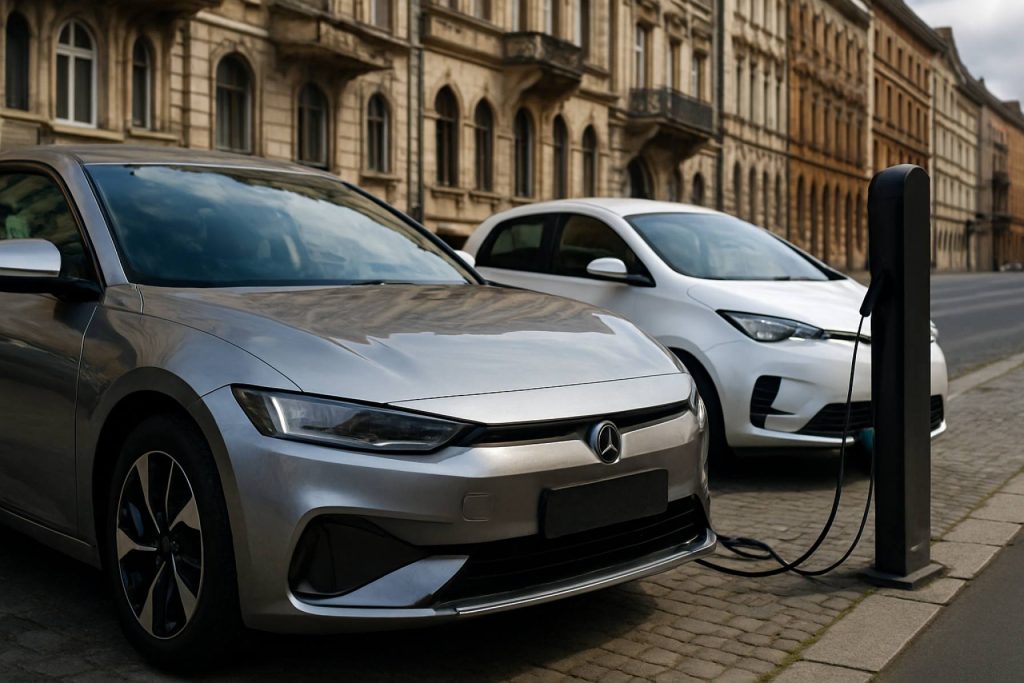
- BYD, a Chinese automaker, surpassed Tesla in European battery electric vehicle sales for the first time, highlighting a major shift in the EV market.
- BYD’s success stems from rapid factory expansion in Eastern Europe, strategic partnerships, aggressive low pricing, and strong government support.
- Much of BYD’s volume comes from rental company contracts rather than direct consumer sales, creating uncertainty about long-term customer loyalty.
- The EU is responding with possible 35% tariffs and discussions of minimum pricing to counter perceived unfair competition from Chinese EV manufacturers.
- Tesla’s decline in European sales is partly attributed to reduced government incentives and concerns over Elon Musk’s political affiliations.
- The electric vehicle landscape in Europe is becoming a critical battleground involving trade policy, green technology, and evolving consumer values.
A landscape once dominated by Western icons has shifted. Electric cars, the vanguard of a new automotive revolution, now carry the badge of unexpected champions. In April, Europe’s electric roads welcomed an unlikely front-runner: Chinese automaker BYD. For the first time, BYD outpaced Tesla, capturing a slim but telling margin as the continent’s top seller of battery electric vehicles—a result unfurling far more than a mere sales chart upset.
Under flashing city lights from Berlin to Budapest, new fleets of BYD’s crisp sedans and SUVs are taking root. Data from Jato Dynamics shows BYD notched 7,231 registrations—an astonishing 169% jump from the previous year, just enough to edge out Tesla’s 7,165. While the statistical gap may appear trivial, its implications are seismic.
The secret is not a single best-selling model, nor is it blind luck. BYD’s surge is rooted in strategy: rapid deployment of factories across Eastern Europe, savvy partnerships with governments hungry for investment, and creative navigation of stringently protective Western European trade rules. In places like Hungary, government officials and local economies welcome Chinese capital—thirsting for the “lifeblood” foreign direct investment brings—while Western European nations eye every move with growing suspicion and calls for greater scrutiny.
To capture European drivers’ attention, BYD has mastered the art of the low-price blitz. Generous state support back home permits a pricing strategy that sacrifices margin for dominance. At the same time, BYD cleverly contains the environmental costs of battery recycling and manufacturing at home in China, letting European consumers revel in a greener image with little local consequence.
Tesla, meanwhile, is recoiling. The electric pioneer’s European numbers tumbled by nearly half in April. The reasons, industry watchers note, transcend product and price. European buyers, historically loyal, now cool their enthusiasm—citing growing discomfort with Tesla CEO Elon Musk’s public political alliances and the rollback of government EV incentives in the United States. Germans and French alike wonder if Tesla’s story still fits the evolving European ideal.
Yet BYD’s momentum meets fierce headwinds. The European Union, wary of a flood of subsidized vehicles undermining local industry, promises hefty 35% tariffs on Chinese imports starting this fall. Policymakers from Paris to Brussels openly debate setting minimum prices for Chinese EVs, hoping to prevent what they see as unfair competition that exploits regulatory gray zones.
A closer look at BYD’s numbers reveals even more nuances. Much of its volume comes from contracts with rental companies, not end consumers—raising questions about long-term loyalty and whether these figures truly reflect local demand. The company’s ambition, however, is unmistakable: plans for new plants in Brazil, Turkey, and across Asia hint at a more deeply woven international supply chain that might blunt the pain of trade barriers.
Why does all this matter outside the showroom? The BYD-Tesla tussle is not only reshaping the global car market, but also placing the question of free trade, green priorities, and national interest at center stage. Cautious investors and policymakers alike know that Europe’s divided approach—East welcoming, West resisting—could decide whether the continent becomes a battleground for price wars or a stronghold for its legendary automakers.
Skeptics warn: April’s sales victory is a snapshot, not yet a settled trend. Competition intensifies as legacy brands like Volkswagen and fast-rising upstarts like Xpeng accelerate their own transitions. Add to this the wave of regulatory responses and growing consumer scrutiny, and the road ahead is anything but certain.
The takeaway? The electric future will not be won and lost on price alone. As factories spring up east and west, and as political crosscurrents intensify, the real contest will be over values—autonomy, climate responsibility, and technological edge. Both BYD and Tesla now drive, not just for sales, but for the privilege to shape the roads Europe, and the world, will travel next.
Europe’s Shocking EV Shakeup: What BYD’s Overtake of Tesla Really Means (And What Comes Next!)
# BYD Outpaces Tesla in Europe: The Facts, Fallout, and Future of the Electric Vehicle Market
Europe’s electric car market just saw a seismic shift: Chinese automaker BYD narrowly surpassed Tesla in battery electric vehicle (BEV) sales in April, signaling a possible new era in automotive power. But the story is far bigger than one month’s numbers. Here are additional verified facts, real-world market trends, controversies, and expert insights you need to understand the stakes, plus actionable tips for car buyers and industry insiders.
—
Key Additional Facts & Context
BYD: Who Are They and What Makes Them Different?
– Full name: BYD stands for “Build Your Dreams.”
– Tech advantage: Unlike most legacy automakers, BYD controls much of its battery and chip supply chain. According to Bloomberg and BYD, they are the world’s largest manufacturer of lithium iron phosphate (LFP) batteries, which are cheaper, safer, and use less rare earth material than competitors’ NMC (nickel manganese cobalt) cells.
– Powerhouse at home and abroad: In 2023, BYD produced over 3 million vehicles, overtaking Tesla in global EV sales for Q4 2023 (source: Reuters).
Broader Market Context
– China’s global EV push: Other Chinese brands like Nio, Xpeng, and Geely (owner of Volvo) are mounting an unprecedented international expansion.
– EV pricing strategies: Chinese EVs, including BYD, often undercut Western rivals by 20–30% for comparable specs (source: Jato Dynamics, Automotive News Europe).
– Tesla’s EU plant: Tesla’s Gigafactory in Berlin (“Giga Berlin”) was meant to solidify its European market share, but production issues and shifting demand have hampered its impact.
Industry Trends & Forecasts
– Europe’s EV market projection: EV sales in Europe are forecast to exceed 4 million annually by 2027, up from 2.6 million in 2023 (IEA, European Automobile Manufacturers Association).
– Legacy automakers pivot: Volkswagen, Stellantis, and Renault are ramping up in-house EV development, betting on European brand trust and tighter local sourcing rules.
—
Reviews, Features, Specs & Pricing
Popular BYD Models in Europe
– BYD Atto 3: Compact SUV, competitive tech features (360° cameras, ADAS, minimalist interior)
– Range: Up to 420 km (WLTP)
– Price: From €38,000 (varies by country, often undercutting VW ID.4 and Tesla Model Y)
– BYD Seal: Sleek sedan, rivals Model 3
– Range: Up to 570 km (official)
– Pricing: Typically 20% lower than Tesla Model 3
Tesla’s Core Models
– Model Y: Top-selling EV in the world in 2023, but facing strong competition on price, service, and image.
– Model 3: Recently refreshed, fighting margin pressure amid price cuts and incentive rollbacks.
Controversies & Limitations
– Tariffs and policy risk: The EU’s announced 35% tariffs on Chinese EV imports could raise consumer prices and slow adoption, but may also push BYD and others to accelerate local manufacturing to bypass duties (Source: European Commission).
– Environmental questions: BYD assembles vehicles in China, which raises concerns about CO2 emissions and ethical sourcing of materials—overshadowing some “green” claims. European battery recycling standards may not fully apply to imported cars.
– Brand trust and after-sales: European customers often cite concerns about service networks, spare part availability, and long-term support for new entrants like BYD (Source: Autoexpress UK).
—
Pressing Consumer Questions – Answered
1. Is BYD a reliable choice compared to Tesla?
Expert reviews find BYD’s build quality is on par or slightly behind Tesla’s latest models, but software and ecosystem features (charging, navigation) still lag in Europe. [Source: Car Magazine UK, Euro NCAP safety tests]
2. Are Chinese EVs really cheaper in the long run?
Lower upfront prices are real, thanks to Chinese scale and state support. However, higher tariffs, insurance costs, and unknowns about resale value may erode savings. Evaluate total cost of ownership, not just sticker price.
3. Will trade wars slow EV adoption in Europe?
Almost certainly. Tariffs could increase prices, reduce model choice, and introduce uncertainty for buyers and fleet managers.
4. How safe are BYD’s cars?
Many BYD models already have five-star Euro NCAP safety scores (e.g., Atto 3).
—
Tutorials, How-To, & Life Hacks
How to Compare BYD vs Tesla vs VW for Your Next EV:
1. Check the WLTP range—European standard is more realistic than Chinese or EPA claims.
2. Consider at-home charging: BYD’s mainstream models use CCS plugs, compatible with Europe’s network.
3. Evaluate after-sales: Ask your dealer about service, support, and software updates.
4. Balance up-front savings against possible tariff-related price hikes this autumn.
5. Explore local incentives: Some EU states still offer rebates for new EVs registered before tariff deadlines.
—
Pros & Cons Overview
| | BYD | Tesla | VW/Legacy Brands |
|———|————————————-|————————————–|———————————-|
| Pros | Low prices, good range, rapid expansion, strong battery tech | Strong brand, advanced software, Supercharger network | Local manufacturing, established reputation, EU-compliant supply chain |
| Cons | Less brand trust, still-building service, possible tariff/duty hikes | Brand risk (Elon Musk), price volatility, less EU support | Slower innovation, often more expensive |
—
Security & Sustainability
– Data privacy: Some EU regulators question how Chinese automakers manage driver data. EU law (GDPR) applies to all in-market vehicles, but enforcement is still maturing.
– Battery recycling: EU rules becoming stricter; BYD currently recycles mainly in China, not yet up to full EU standards.
—
Insights & Predictions
– BYD and other Chinese brands will likely build more European factories to sidestep tariffs and ease consumer concerns.
– Expect more aggressive pricing and new EU-origin models (e.g., BYD considering Hungarian assembly for 2025/2026).
– Tesla will pivot to software and energy products to maintain margins if hardware sales soften.
—
Actionable Recommendations / Quick Tips
– If you want the lowest price on a new EV, look to secure a Chinese model before tariffs hit this autumn (but weigh post-sale support).
– Watch for shifting local incentives and upcoming policy changes—these could save you thousands or expose you to higher prices.
– Understand the brand: Test drive both BYD and Tesla. Ask about over-the-air updates, service plans, and guaranteed resale/trade-in values.
– For fleet managers: Lock in contracts early and consider tax implications of new tariffs for leases or rentals.
Stay ahead of Europe’s electric revolution by following reliable market coverage—see CNBC and BYD for updates—and always consult local dealers or EV experts for the latest incentives, specs, and regulatory shifts.
—
The bottom line: BYD’s rise is changing how Europe—and the world—thinks about electric cars, geopolitics, and the future of mobility. Expect more competition, lower prices (at least for now), and a whole new set of decisions for buyers weighing value, ethics, and reliability in their move to electric.
